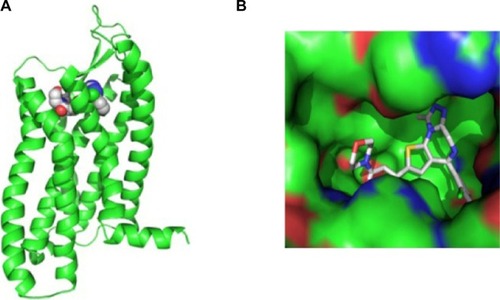Figures & data
Figure 1 CSE increases PAFr expression in BEAS-2B bronchial epithelial cells.
Abbreviations: CSE, cigarette smoke extract; h, hours; HK, housekeeping; PAFr, platelet-activating factor receptor.
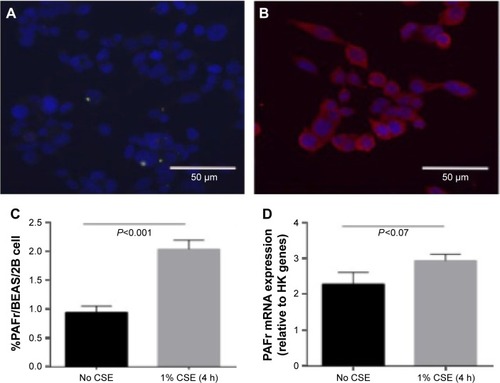
Figure 2 CSE increases the adhesion of the NTHi strains and S. pneumoniae to BEAS-2B cells.
Notes: (A) Control BEAS-2B cells showing few FITC-tagged S. pneumoniae 132 cells adhering to BEAS-2B cells. (B) BEAS-2B cells exposed to CSE (1%) show increased attachment of FITC-tagged S. pneumoniae to BEAS-2B cells. All micrographs show BEAS-2B cells with PAFr expression (anti-PAFr monoclonal antibody; 1:100, red) and nuclei stained with 4′,6-diamidino-2-phenylindole (1:5,000, blue). Magnification =×400. (C) S. pneumoniae clinical isolate 132. (D) NTHi reference strain NCTC-4560. (E) NTHi clinical isolate RHH3. Bars represent standard error of the mean.
Abbreviations: CSE, cigarette smoke extract; FITC, fluorescein isothiocyanate; h, hours; NTHi, non-typeable Haemophilus influenzae; PAFr, platelet-activating factor receptor; S. pneumoniae, Streptococcus pneumoniae.
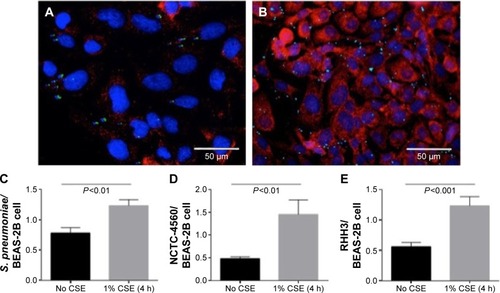
Figure 3 Correlation between change in PAFr protein expression and variation in the number of adherent bacteria to BEAS-2B cells.
Abbreviations: NTHi, non-typeable Haemophilus influenzae; PAFr, platelet-activating factor receptor; S. pneumoniae, Streptococcus pneumoniae.
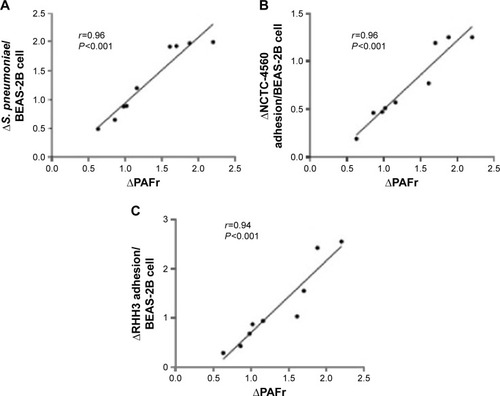
Figure 4 Inhibitory effect of WEB-2086 on the adhesion of bacterial strains to CSE-treated BEAS-2B cells.
Abbreviations: CSE, cigarette smoke extract; FITC, fluorescein isothiocyanate; NTHi, non-typeable Haemophilus influenzae; PAFr, platelet-activating factor receptor; S. pneumoniae, Streptococcus pneumoniae.
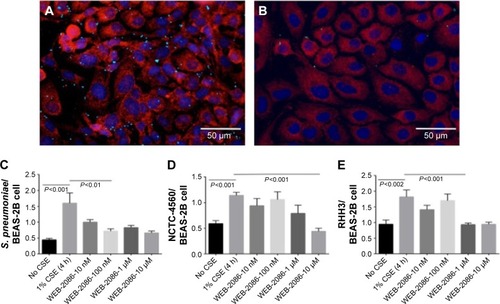
Figure 5 In silico analyses of PAFr structure and ligand binding.
Abbreviation: PAFr, platelet-activating factor receptor.
